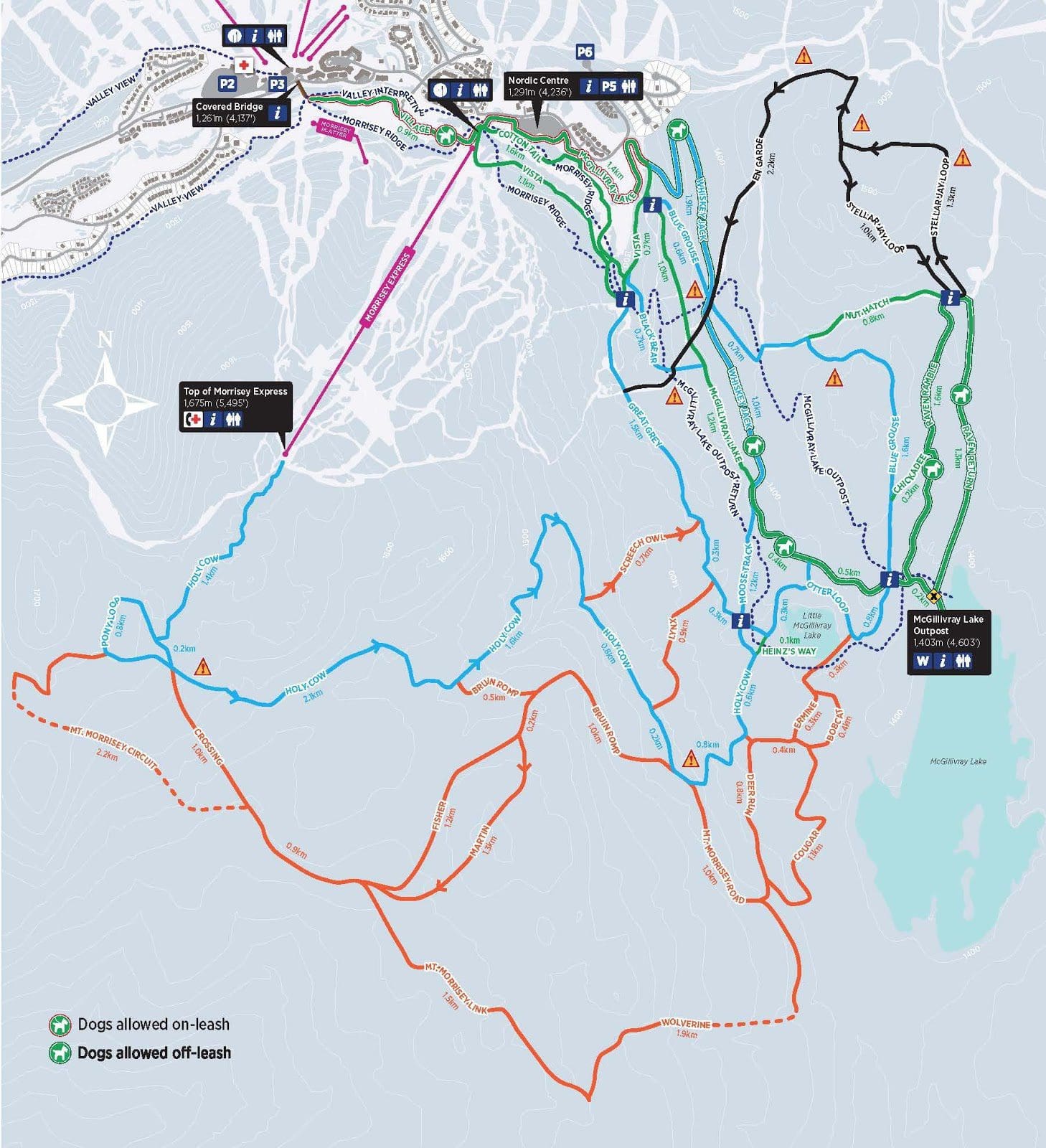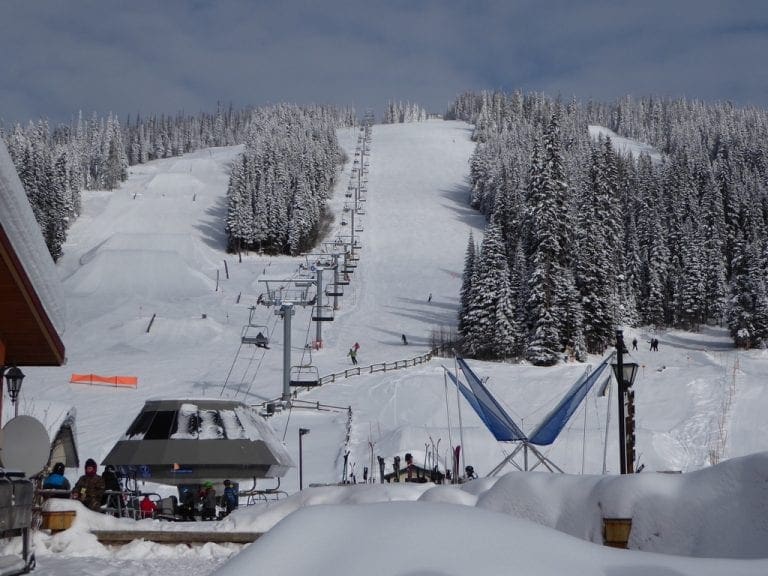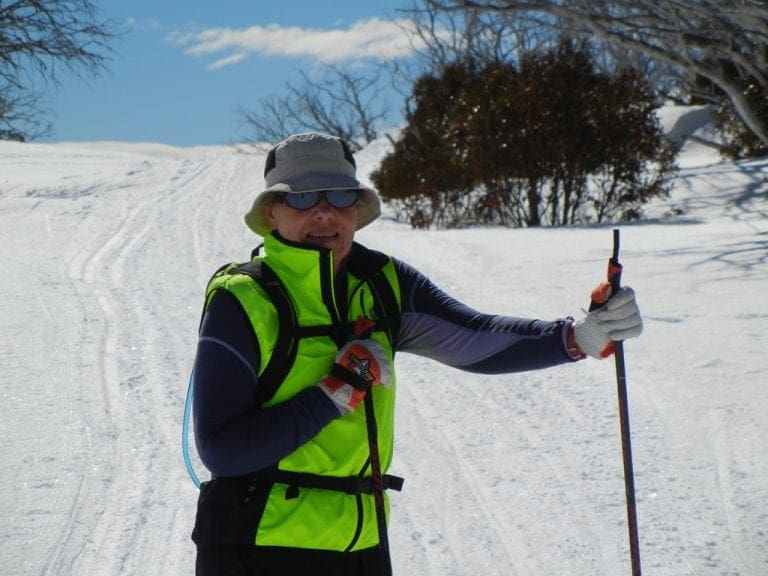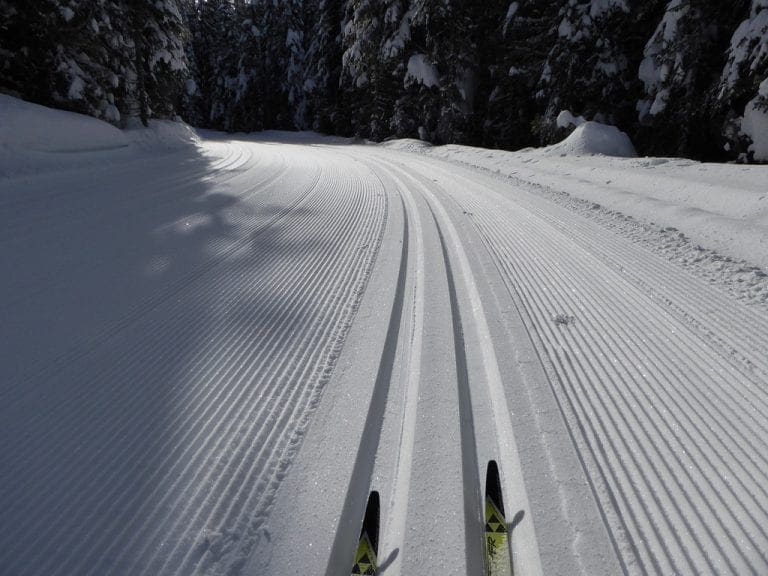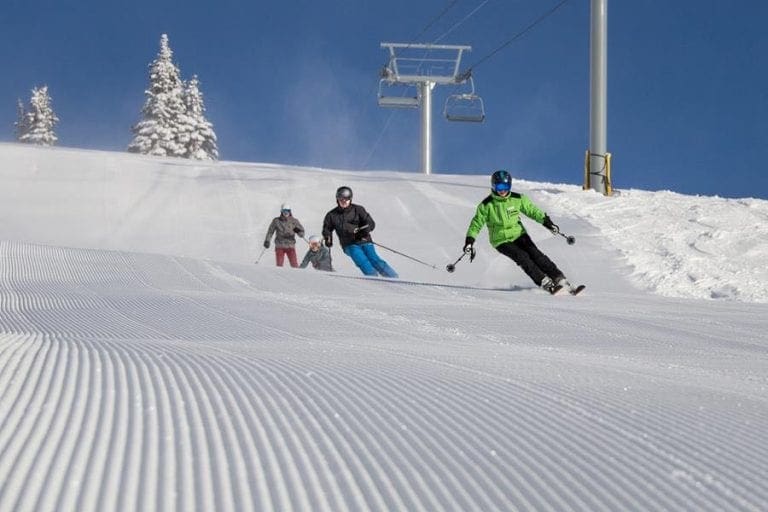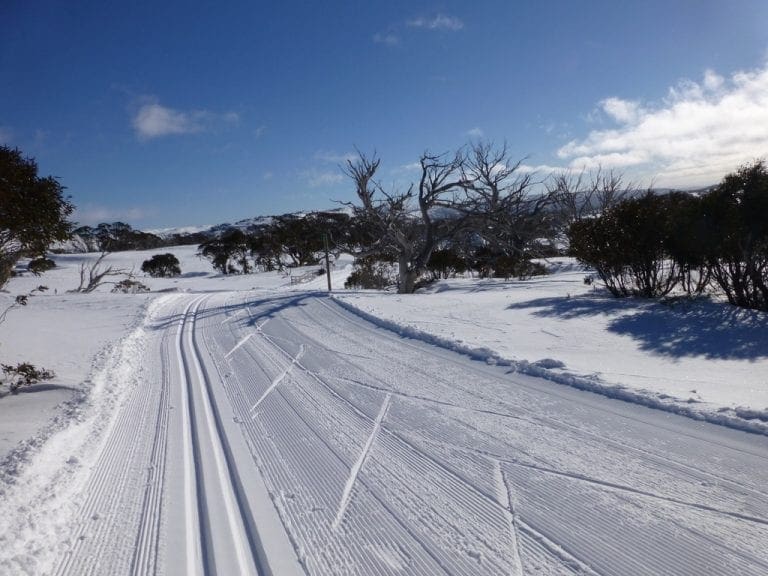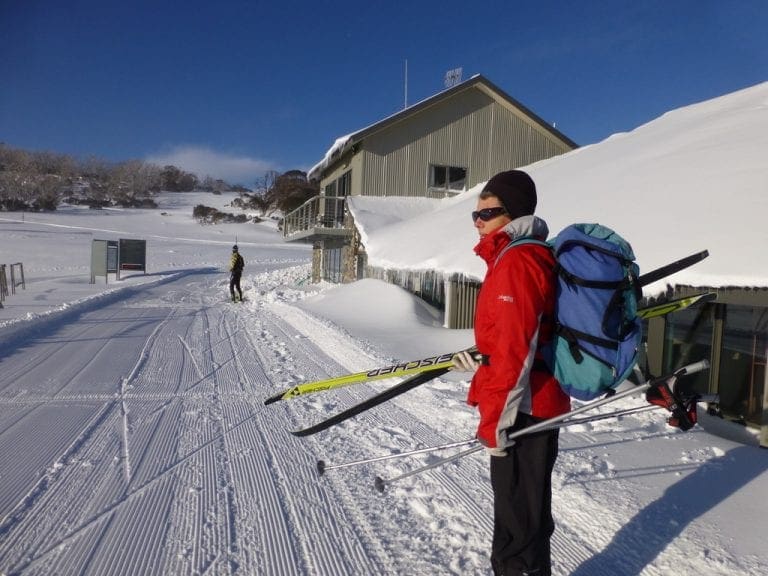Sun Peaks skiing 2017 – week 4
Wednesday 8 Feb 2017. Day 22. -24ºC outside (feels like -29ºC). If the last two days were too cold to do anything, then so was today. Another day off. I played around with the factor analysis all day (added GDP per capita to the original data from the Economist) but failed to make any real breakthrough except to say that mainly the European countries (plus Australia, NZ and Canada) have benefited greatly from Democracy; a big chunk of the countries are so busy just getting enough to eat each day that there is no time left for any thought for stupidities of politics; some countries have followed a strong man president approach and others have followed a technocrat/civil service approach; although the Economist presented 5 variables to measure ‘Democracy’, two are very closely correlated with each other, another is correlated with GDP. The first dimension explains 70% of the data; the second dimension explains another 14%; the first dimension is all about ‘size’ of Democracy score’ (and so is of little use for increasing an understanding), the second dimension is much more interesting but is a conflated set of questions about ‘strong men’, military rule, technocrat rule, church and state – and GDP. It does effectively separate China and Russia. Adding the GDP variable made the whole much more difficult to understand but did prevent the analysis from being just size of ‘Democracy Score’ vs something else.
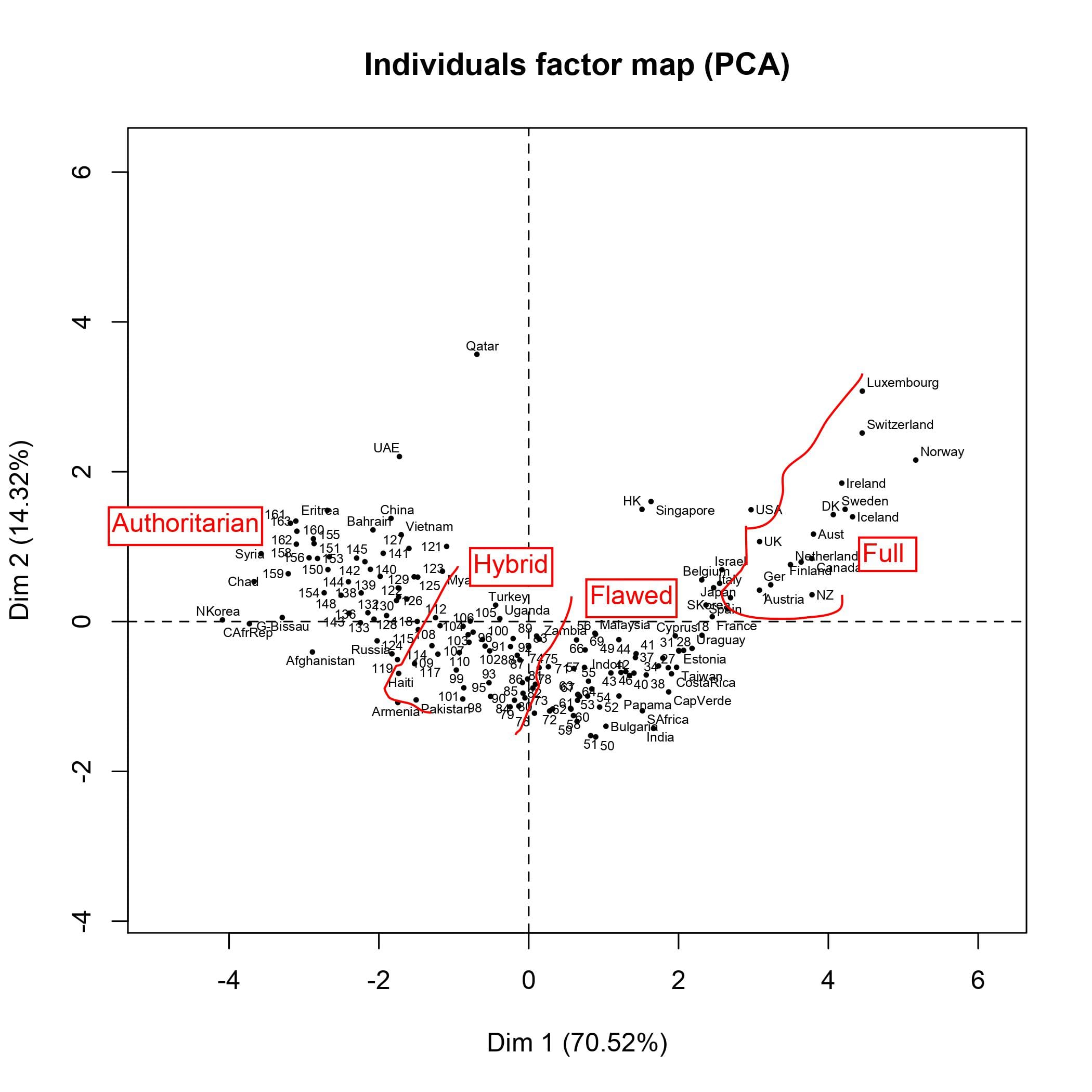
Thursday 9 Feb 2017. Day 23. -8ºC and snowing most of the day. Probably the best day we have had yet. We classic skied Cotton Tail, Black Bear, Lake McGillivray Trail to the Lake, up and down Blue Grouse, down Vista back to the village. 3 hours and 1800kcals. We saw just 2 other skiers and 2 snowshoers. For most of the way we were the first skiers along the tracks. The new snow had formed a very thin layer over the grooming and we made very good time.
Our technique has certainly improved – getting much more glide with each stride. I’ve begun concentrating on watching each of my skis glide – trying to maximize the glide with each stride. It is an extension of and amplifies the weight shift achieved by flicking eyes to the side of the gliding ski. Now, actually watch the ski glide. (Very different from downhill skiing where eyes should be on the bottom of the hill.)
Thinking of an exercise regime for classic skiers of our age. These muscle groups are important. Strong feet. Long duration, endurance exercises for calf muscles; hamstrings; all quads and hip flexors; all abs; triceps; upper back (everything attached to shoulder blades). Endurance sets with 50+ reps per set in supersets of 3 exercises repeated 3-4 times. Leading up to skiing, training sessions of 2-3hours are needed with heart rate 80% – 90% max BPM for 2+hours 3-6 days a week. Can’t do that? – then forget it.
Friday 10 Feb 2017. Day 24. Just under zero ºC this morning. We classic skied the same tracks as yesterday – plus the 400m to and from the Lake McGillivray cabin. Most of that 11km trip is up hill or flat and although our technique has improved, it is still a long way. I’ve returned very exhausted. 3:15hours, 1,900 kcals. Hot Tub and pizza. Helen has also done the usual round of shopping and washing. I have no idea how she keeps going. I have collapsed for the day.
Saturday 11 Feb 2017. Day 25. (17th day skiing) A beautiful sunny day with initial village temperature of -8ºC which rapidly increased to about zero with the sunshine. We classic skied from the top of Morrisey chair – down Holy Cow, Great Grey and Vista back to the village. This was the best day yet – much more glide and far fewer stops; just 2hours from Hotel to village – the best we have done on classic skis. Today, I worked on keeping my heart rate lower and going for long stretches at a time.
Also, not using my shoulders at all – a bad practice that appears to just exhaust me. We came down with a group of about 30 kids on skates being guided by Sun Peaks Nordic Club. Watching the extreme hot weather in Australia.
Sunday 12 Feb 2017. Day 26. A little colder today -8ºC. We classic skied again from the top of Morrisey chair – down Holy Cow then along Moose, down Lake McGillivray, Black Bear and Vista. A good ski, but I am a little exhausted with the 4 days skiing in a row. We are certainly getting further. We made it down Holy Cow with just 5 stops (Pony loop, Bruin Romp, before Screech Owl, at Lynx, Morrisey Road), then at Moose McGillivray junction, bottom of Black Bear (for a chat). And that was it. 11hours, 6,500kcals for the week.
Monday 13 Feb 2017. Day 27. Day off. A very sunny day. Quite warm in the afternoon with snow beginning to melt. (Probably icy tomorrow morning.) A few walks. We have become enthralled with Sun Peaks again and have begun planning next year’s trip. Perhaps for 2 months.
Tuesday 14 Feb 2017. Day 28. Temperatures very mild hovering around zero. We classic skied our longest distance and most up yet (just over 200m up!). From covered bridge up Village Trail, up Vista, up (and I mean up) Great Grey, up and down Otter, up Lake McGillivray trail, up Ravens Ramble, along Nuthatch, down Blue Grouse, Vista and Village Trail back to the old stables and walked out from there. 3hours and 1,900 kcals. A big day.
